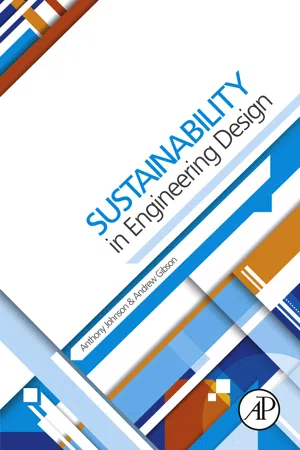
eBook - ePub
Sustainability in Engineering Design
Anthony Johnson, Andy Gibson
This is a test
Share book
- 442 pages
- English
- ePUB (mobile friendly)
- Available on iOS & Android
eBook - ePub
Sustainability in Engineering Design
Anthony Johnson, Andy Gibson
Book details
Book preview
Table of contents
Citations
About This Book
Designed for use in engineering design courses, and as a reference for industry professionals learning sustainable design concepts and practical methods, Sustainability in Engineering Design focuses on designers as the driving force behind sustainable products. This book introduces sustainability concepts and explains the application of sustainable methods to the engineering design process.
The book also covers important design topics such as project and team management, client management, performance prediction, and the social and environmental effects of sustainable engineering design. These concepts and methods are supported with a wealth of worked examples, discussion questions, and primary case studies to aid comprehension.
- Applies research-based methods to achieve real-world results for rapidly evolving industry trends
- Focuses on design engineers as the starting point of creating sustainable design
- Provides practical methods and design tools to guide engineering designers in creating sustainably designed and engineering products
- Incorporates all aspects of sustainable engineering design, including the material selection, production, and marketing of products
- Includes cutting-edge sustainable design model case studies based on the authors' own research and experiences
Frequently asked questions
How do I cancel my subscription?
Can/how do I download books?
At the moment all of our mobile-responsive ePub books are available to download via the app. Most of our PDFs are also available to download and we're working on making the final remaining ones downloadable now. Learn more here.
What is the difference between the pricing plans?
Both plans give you full access to the library and all of Perlego’s features. The only differences are the price and subscription period: With the annual plan you’ll save around 30% compared to 12 months on the monthly plan.
What is Perlego?
We are an online textbook subscription service, where you can get access to an entire online library for less than the price of a single book per month. With over 1 million books across 1000+ topics, we’ve got you covered! Learn more here.
Do you support text-to-speech?
Look out for the read-aloud symbol on your next book to see if you can listen to it. The read-aloud tool reads text aloud for you, highlighting the text as it is being read. You can pause it, speed it up and slow it down. Learn more here.
Is Sustainability in Engineering Design an online PDF/ePUB?
Yes, you can access Sustainability in Engineering Design by Anthony Johnson, Andy Gibson in PDF and/or ePUB format, as well as other popular books in Biological Sciences & Environmental Science. We have over one million books available in our catalogue for you to explore.
Information
Chapter 1
Engineering Design
An Overview
Abstract
This chapter deals with the basic questions of what is meant by the term design in engineering terms. It considers the typical external forces that drive design and the internal activities and feedback iterations that constitute the design process.
It then goes on to consider how technology has impacted on this process and led to design evolution, and closes with an introduction to the triple bottom line concept.
Keywords
Design
Design process
Feedback evolution
Designer attributes
attention to detail
1.1 What Is Design?
Design encompasses many fields and can be described as a creative process that brings into being a new product, concept, or process using subjective or qualitative means.
A new design may start in several ways. Often there is a need for an item or a service that leads to a new specification. This specification is followed by a new design and eventually a new product. This approach to a new design may be considered “necessity led.” A notable example is the heat shield fitted to the National Aeronautics and Space Administration (NASA) space shuttle. The need to reenter Earth’s atmosphere and protect the spacecraft from the extreme high temperatures led to a specification (essentially the brief) and the eventual development of a reusable heat shield.
It is rare that a brand-new product is designed without the presence of “need,” although there is a notable example in the laser. In 1917 Albert Einstein established the theoretical foundations for the laser, but it was not until Theodore H. Maiman [4] operated the first functioning laser in 1960 that the technology became a reality. This “technology-led” innovation was a system requiring a product. In the intervening years, lasers have become commonplace for optical measurement, CD and DVD players, level sights, and much, much more.
Inventions are often ideas of an individual who is completely unrelated to the topic of the invention in what is sometimes called a blue-sky moment, often the result of a previously unperceived need. A great example is when Andrew Speechley was late for a meeting in Halifax, UK, and could not find a parking place. In a blue-sky moment, he imagined the three-dimensional space above the normal car park filled with parked cars. Later, at home he built a model showing the means of parking one car above another. He had just invented the car stacker. Plate 1.1 shows the concrete base version of Speechley’s invention.
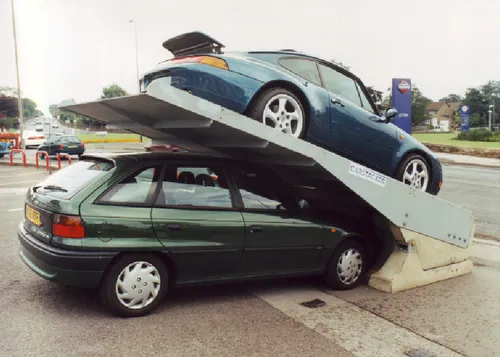
Plate 1.1Carstacker Mk2 with Concrete Base [3]
By whatever means, once there is a need and an idea to fill that need, a product has to be brought into existence. At the first attempt, this product is often very crude and may not work efficiently. Often, to become a sophisticated item, a product requires further development with newer techniques and alternative materials. This further development, building on the original prototype, is usually an evolving process whereby feedback from the user is fed back to the design team. When new information is received, the designer returns to the concept to introduce new elements and further enhance the product concept design.
The bicycle is one of the best examples of design evolution. The first bicycle was originally a wooden frame with two wheels and something by which to steer. See Plate 1.2. Several iterations later, a chain drive was added, and further refinement led to lightweight frames, suspension systems, better brakes, and so on.
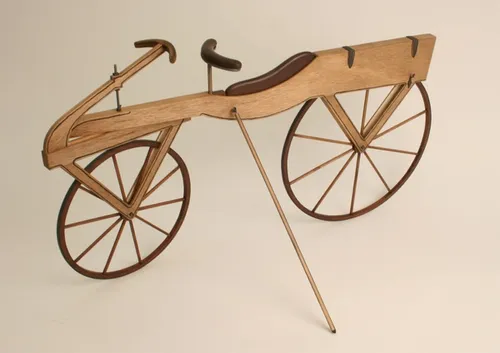
Plate 1.2Laufmaschine: One of the First Bicycles [1]
A modern concept bicycle is shown in Plate 1.3. This product incorporates lightweight materials streamlining and inbuilt suspension systems and has a mass that is a fraction of the original concept shown in Plate 1.2.
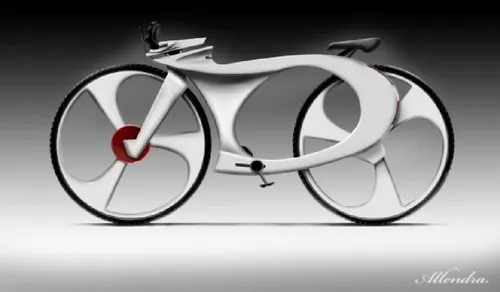
Plate 1.3Modern Concept Bicycle (fuelyourcreativity.com)
1.2 Definition of Design and Overview of the Design Process
The implication of the word design is a very familiar concept. It embodies the creation and development of all the products, tools, and systems that we use every day. Every product in use has first to be designed, but there is a definitive process all developments go through to reach a conclusion.
The new product first has to be imagined, then communicated, designed and finally developed and produced. The basic design process model is illustrated in Figure 1.1.
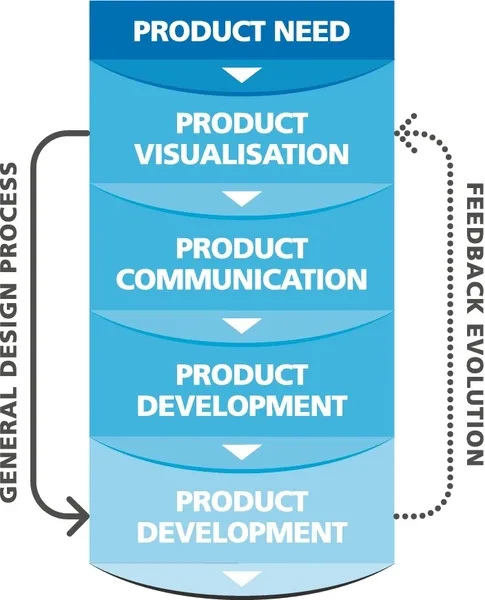
Figure 1.1Basic Design Process Showing Feedback Evolution [3]
Most products are developed because there is a market need, or perhaps a market has been identified. A great example of new market identification is the development of the Apple iPad. This was the first tablet computer on the market and was made possible because of its touch-screen technology. The marketing team at Apple had perceived that there was a need for such a computer by identifying a market gap. Development soon followed.
The Apple marketing team developed a specification for the new tablet computer gleaned from market sources, such as personal interviews, questionnaires, stockist (retailer) responses, and the like. The specifications were then communicated to the design team, each member of which would have had his or her own personal “mind’s-eye vision” of the new tablet computer.
Communication of the product specification to each member of the design team—perhaps as sketches or 3-D computer visuals—was then essential. This communication was not limited to the pictorial view of the tablet; there would have been much discussion of how to achieve the technical aspects, such as electronics, touch-screen inclusion, software, and materials. There would also have been much discussion around patents and general management of the design process.
Within this discussion new information would have come to light through new design ideas and research. This new information engaged the design team in evolving certain elements of the concept design. Feedback such as this is essential. Communication of information and ideas is essential for a true concept to be developed.
The design had to pass through concept stage and renewing of the specifications of the finished product, but then it could be manufactured, first as a prototype, then as a preproduction model. Development would also have included specialist tools, production lines, and perhaps even new factories.
The new device then needed to be marketed. The marketing process included marketing strategies, segmentation, marketing communications, packaging, and distribution.
1.3 Design Activities
Engineering design combines many disciplines and processes. The design process diagram in Figure 1.2 shows the variety and scale of activities and eventual outputs from the design process.
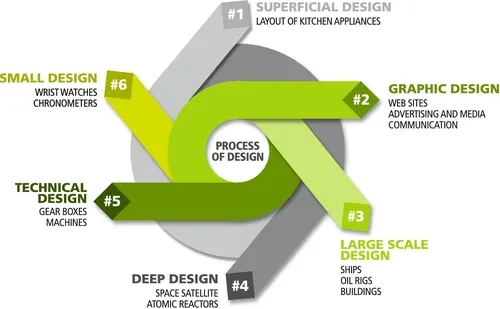
Figure 1.2The Scale of the Design Process [3]
Engineering design is an enormous subject, stretching from miniature design such as the design of chronometers and watches to the other extreme of large-scale design such as that of oceangoing ships.
The design engineer who is in the process of designing highly technical components is steeped in the discipline of selecting materials, tolerances, surface finishes, seals, and the like so that the components can be combined into perhaps a gearbox or an engine. This is one end of the technical design scale; at the other extreme the graphic designer applies his or her particular visual design skills on areas such as Web sites, advertising media, and business logos to communicate to the market.
Design perception is yet another aspect of design that encompasses the individual view. The word design is a familiar word and certainly a familiar concept, since it covers a huge range of creative activity. The householder who has “designed” his kitchen has exercised a form of design but has merely positioned the kitchen appliances and cupboards by moving cardboard cutouts around the sketch of a floor plan. This is really superficial design, or “design light.”
At the other extreme there is deep design, which includes the involvement of many people in creating highly technical and large-scale design developments such as space satellites, atom...